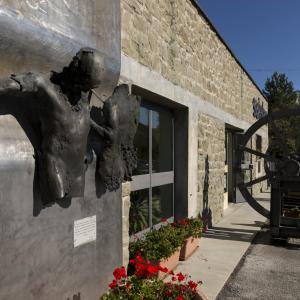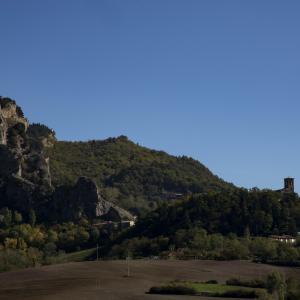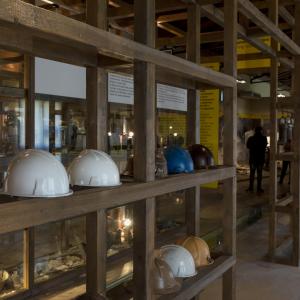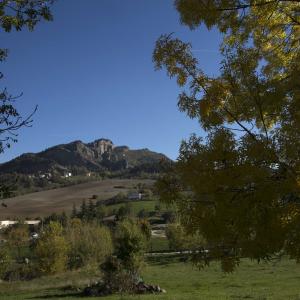The Perticara mine
Perticara is a district belonging to the municipality of Novafeltria,
whose inhabitants, during the first half of the 20th century, lived by the rhythms of a large industrial community rather than as a rural population.
The large Sulphur Mine (called Buga in dialect), which the Montecatini company had launched in 1917 for large-scale mining production, employed more than 1,600 men.
The sulfur present in these parts has been heard of since ancient times, even the Greek historian Strabo (60 BC - 20 AD) mentions it. However, the real mining activity began from the year 1700.
The closure of the mine took place in 1964 - precisely during the period of the economic boom in Italy - and today there is only one working site left, the Certino, where the Sulphur museum bears witness to many men and their work, with the restored and refurbished castle of the Vittoria extraction pit.
An interesting residential area for the workers called "Miniera" is worth a visit, for its emotional power. Built in the second half of the 1800s to house the miners' community, it still retains the recreational facilities, the shop, and the church.
Curiosities
● the largest sulfur crystal in the world was extracted here and is now kept in the Natural History Museum in Milan
● it is the largest mine in Europe and among the largest in the world
● there are labyrinths of tunnels for over 100 kilometers.
The Sulphur Museum was born from the miners' desire to remember their hard work and bear witness to it in a comprehensive way, not only emotionally, but with historical-scientific connotations as well as those regarding industrial mining archeology.
For opening hours and tickets, visit the website



